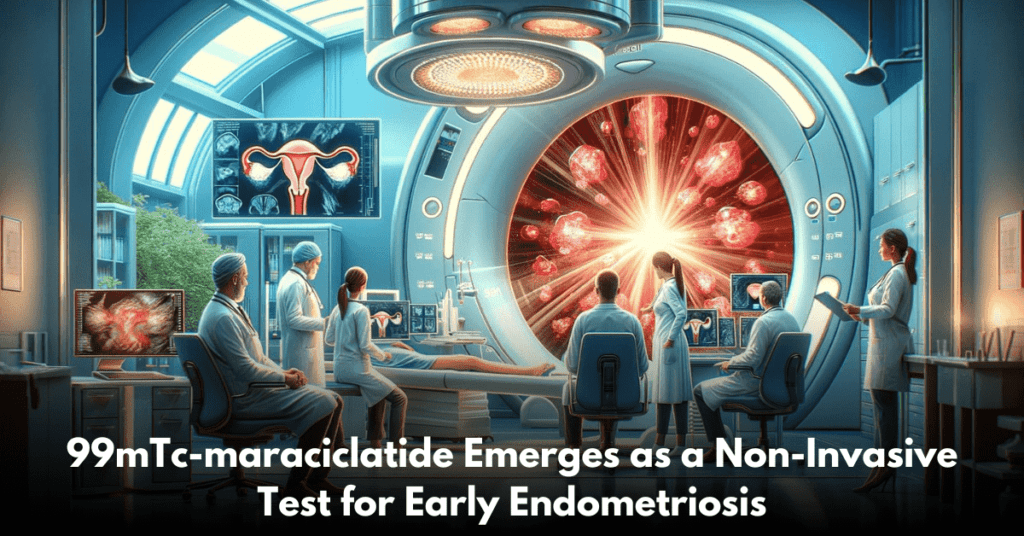Endometriosis, a condition affecting millions of women worldwide, is often accompanied by debilitating pain and infertility. However, diagnosing this condition can be challenging, with an average delay of nearly nine years before securing a diagnosis. Recent research presented at a medical conference suggests that a novel imaging technique could revolutionize early detection and diagnosis of endometriosis, potentially reducing the suffering and uncertainty experienced by patients.
The presentation focused on preliminary findings from a study involving patients with known or suspected endometriosis. These patients underwent imaging with a SPECT-CT camera before undergoing laparoscopic surgery, a minimally invasive procedure used to identify endometriotic lesions. The study compared imaging findings with surgical and histology reports and revealed promising results regarding the efficacy of a tracer called 99mTc-maraciclatide in detecting early-stage endometriosis.
The findings indicate that 99mTc-maraciclatide has the potential to visualize superficial peritoneal endometriosis, a subtype of the condition that accounts for approximately 80% of all diagnoses. This type of endometriosis, which affects the thin lining of the abdomen and pelvis, is typically challenging to identify accurately without surgery. However, the imaging technique successfully identified superficial peritoneal endometriosis in patients who later had this diagnosis confirmed by laparoscopy.
Moreover, the imaging technique highlighted areas of activity in patients with deep endometriosis, which often affects organs such as the bladder, bowel, rectum, and ovaries, as well as endometrioma, cysts commonly found in the ovaries. Notably, the technique detected endometriosis in a case study where traditional ultrasound imaging had failed to identify the condition, demonstrating its potential for improving diagnostic accuracy.
The ongoing study, led by experts from the Endometriosis CaRe Centre at the University of Oxford, aims to recruit 20-25 patients to further validate these findings. The tracer, 99mTc-maraciclatide, binds with high affinity to αvβ3 integrin, a cell adhesion protein involved in angiogenesis, the formation of new blood vessels critical to the growth of endometriotic lesions.
David Hail, CEO of Serac Healthcare, expressed optimism about the potential of 99mTc-maraciclatide as a non-invasive method for diagnosing early-stage endometriosis. He emphasized the significance of visualizing the early stages of the disease, which are often missed by other imaging modalities, leading to delays in diagnosis and treatment.
Professor Christian Becker, Co-Director of the Endometriosis CaRe Centre, highlighted the importance of early diagnosis, particularly for superficial peritoneal endometriosis, which predominantly affects younger women. Early intervention could significantly improve outcomes and prospects for these patients.
Professor Krina Zondervan, Head of the Nuffield Department of Women’s and Reproductive Health at the University of Oxford, underscored the need for novel approaches to diagnose and treat endometriosis. She expressed delight at the early results of the study and emphasized the center’s focus on identifying genetic, diagnostic, and therapeutic targets for the condition.
In conclusion, the preliminary findings of this study offer hope for improved early detection and diagnosis of endometriosis. If validated, this novel imaging technique could shorten the diagnostic journey for millions of women worldwide, offering them timely interventions and improving their quality of life. Further research and collaboration among experts are crucial in advancing our understanding and management of this complex condition.



